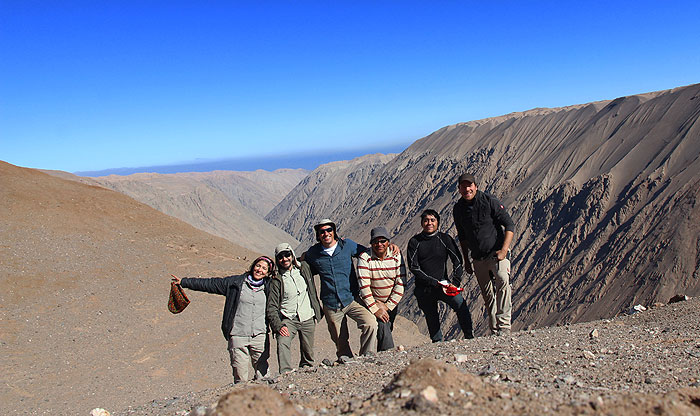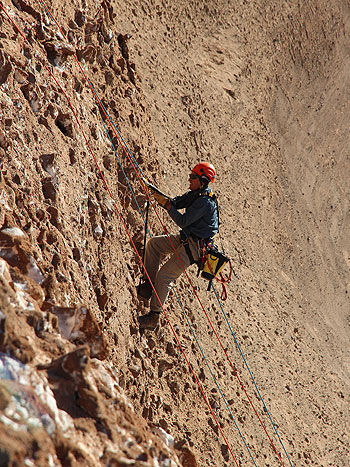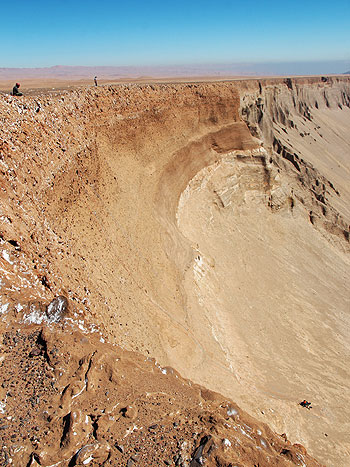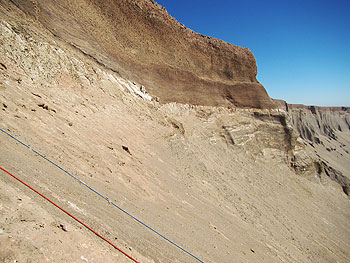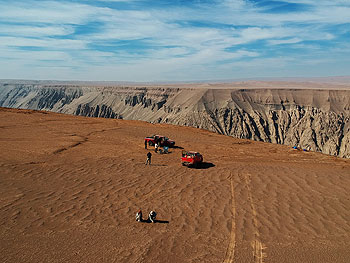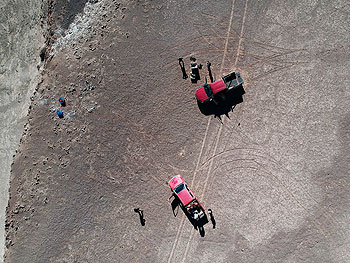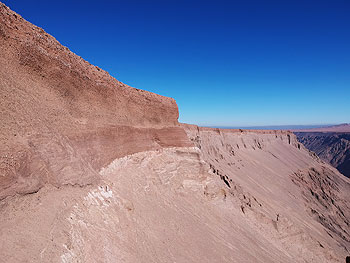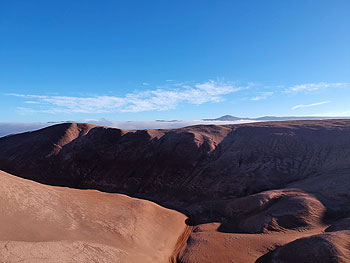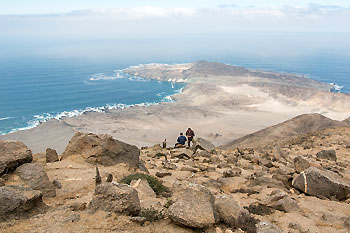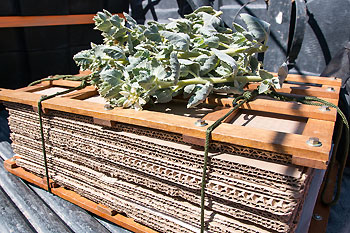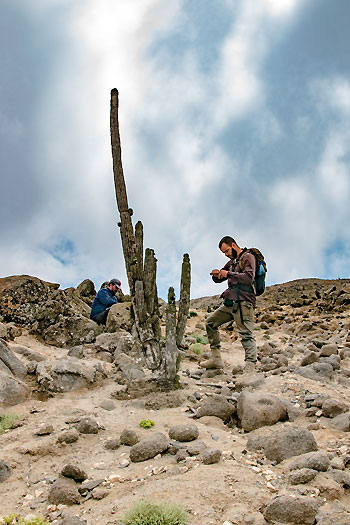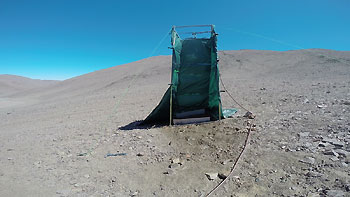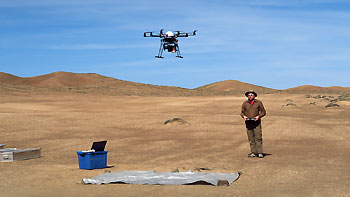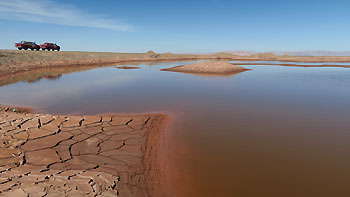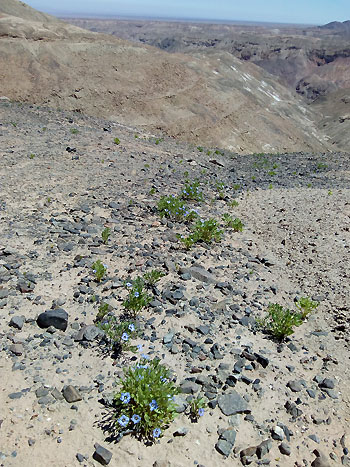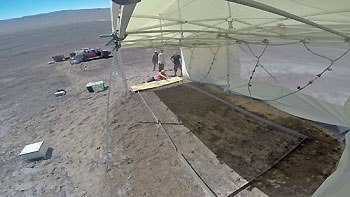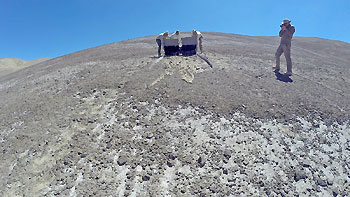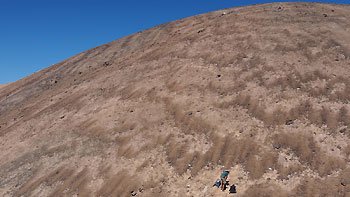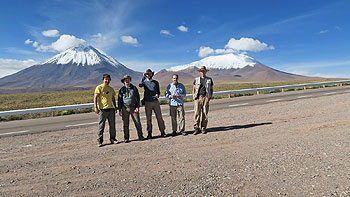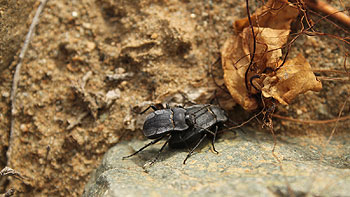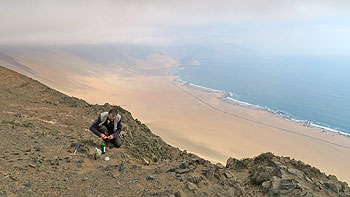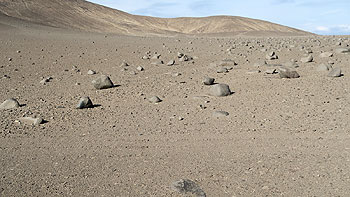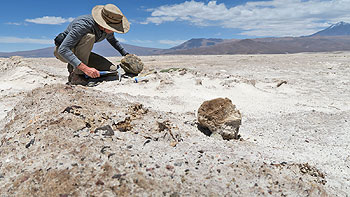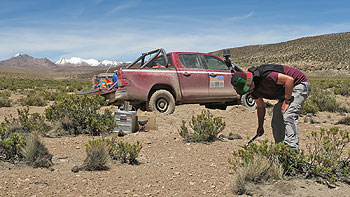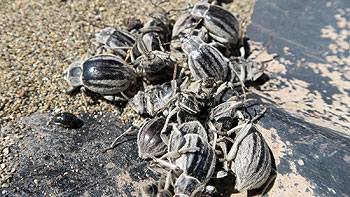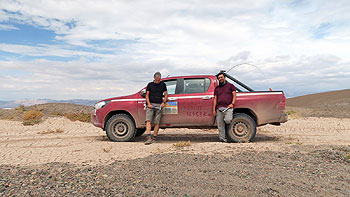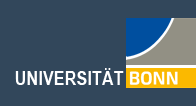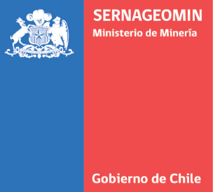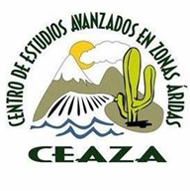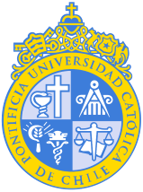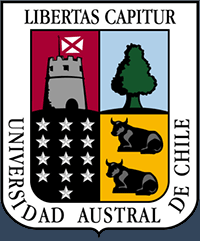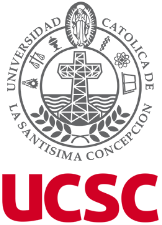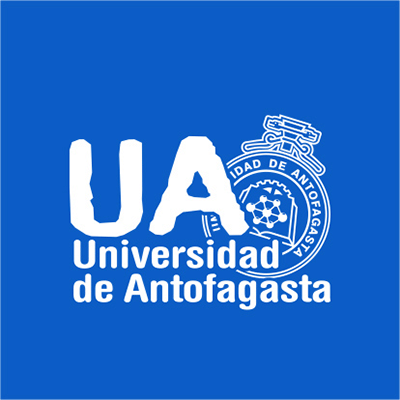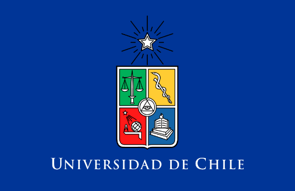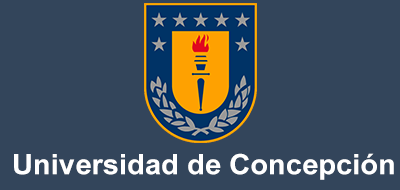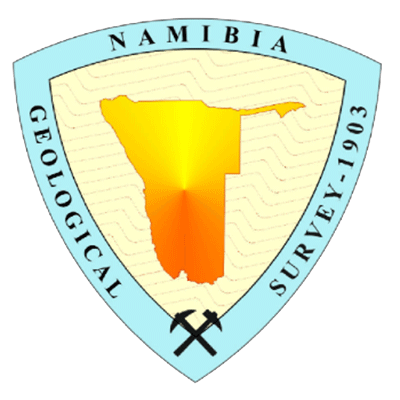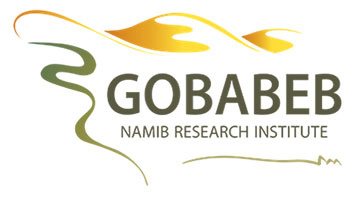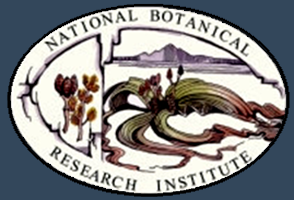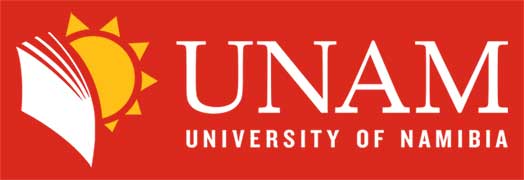Joint fieldwork with SERNAGEOMIN - Río Loa Canyon
Between the 18th and the 24th of July 2019 a small group of researchers from the CRC-1211 and Sernageomin (Servicio Nacional de Geología y Minería) from Chile conducted the first joint fieldwork in the Atacama Desert. The Chilean group from Sernageomin was formed by Dr. Fernando Sepúlveda, Dr. Paulina Vásquez and Eduardo Martínez (driver), while the CRC-1211 group consisted of Dr. Damián López and Dr. Benedikt Ritter, with the collaboration and support of Alejandro Mancilla from the UCN (Universidad Católica del Norte).
For the first time, samples from the Rio Loa canyon (outcropping bedrock and deposited sediments) were successfully collected from steep slopes and walls with the use of climbing gear. It was a big effort considering the difficult access to the sampling sites and the harsh environmental conditions. The gathered samples will contribute to the understanding of the regional geology concerning timing of deposition of large gravel sequences. They will also contribute to gain hitherto unexplored insights into the paleoclimate and the evolution towards hyperaridity in the core area of the Atacama Desert, covering potentially Eocene/Oligocene to Lower Miocene time scales.
The samples will be processed with new dating techniques at the University of Cologne (partly developed within the 1st Phase of the CRC-1211) and at the Sernageomin facilities in Santiago de Chile. Combined fieldwork and lab analysis will merge in joint publications in the near future. The exchange of knowledge and on-site discussions about geological processes with the special background of both parties opened up a wide field of opportunities for future research and following projects. Both parties agreed that future collaborative projects in the Atacama Desert should be continued to tackle the complex research questions of this area with regional to over regional impact.
i



